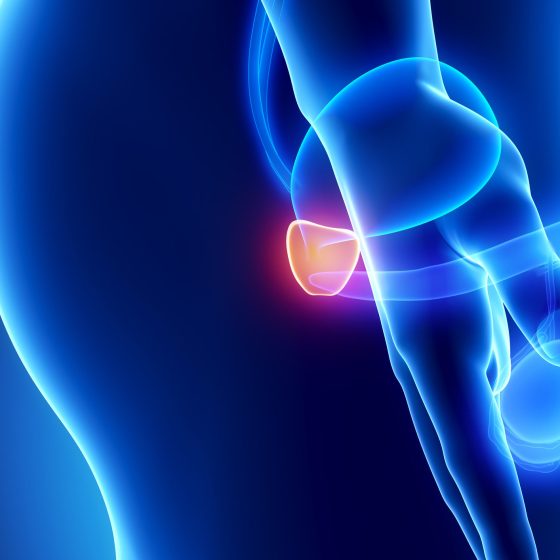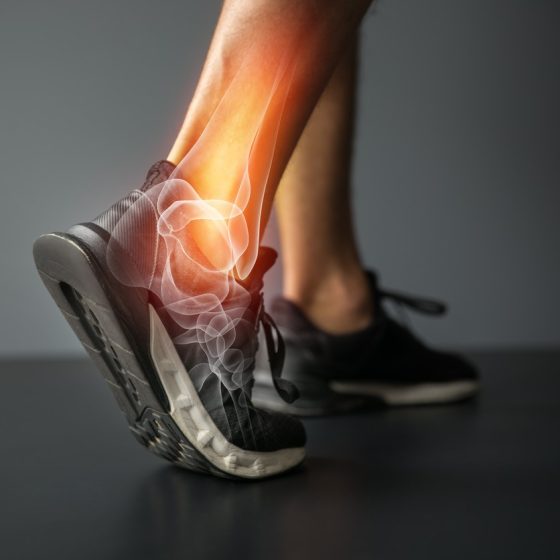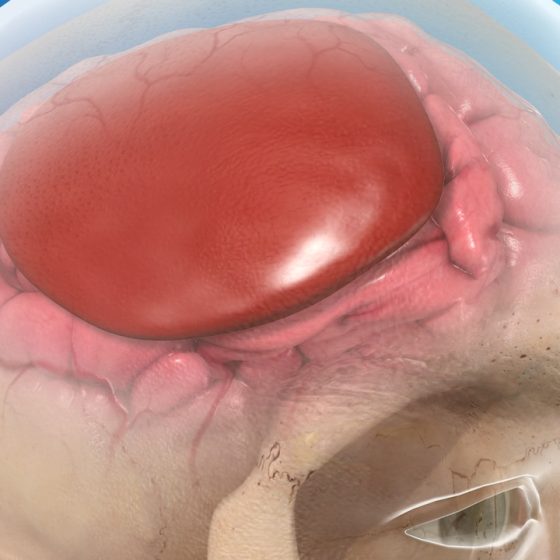Varicose veins
Overview Varicose veins are dilated superficial veins commonly found on the lower limbs. Though often asymptomatic they may cause distressing symptoms and cause cosmetic upset. They are common, and prevalence increases with age and in pregnancy. Aetiology Varicose veins develop due to increased pressure in small superficial veins. In healthy veins, a one way system back to the heart is maintained by valves. This also protects small superficial veins from the increased pressures experienced within the deep compartments of the leg. Venous insufficiency may occur due to valvular incompetence resulting in raised pressures in the superficial veins and the development of varicosities. Risk









